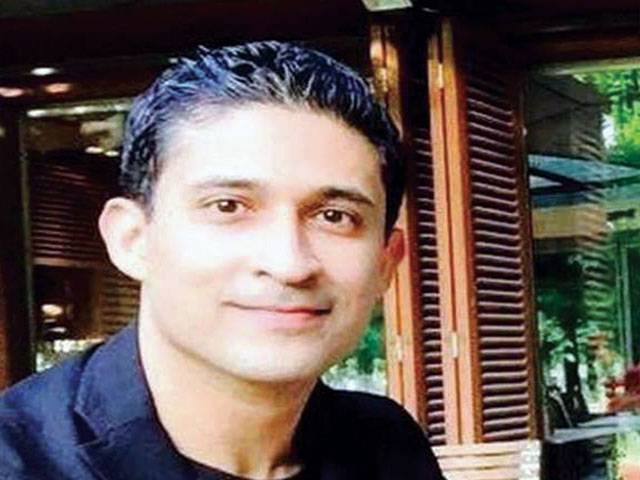Lahore-A Pakistani student has been acknowledged internationally for solving one the biggest Mathematics problem of recent times.
Haris Aziz, a student from LUMS, previously making the country proud when his name was published, this year in the Institute of Electrical and Electronics Engineering’s (IEEE) ‘AI’s 10 to Watch” list, is back in the news, this time it is for solving one the biggest mathematical problem of recent times.
According to The Sydney Morning Herald, Haris Aziz, currently a senior researcher at New York University (NYU) and Simon Mackenzie fellow PhD student at the NYU have solved what’s been termed “one of the most important open problems in 20th-century mathematics” i.e. how to cut a cake so that each person ends up with a fair share for any number of people. In other words it is the popular Mathematics “Game theory.” Their solution has been called a “major breakthrough” by Professor Steven Brams at New York University, “We hope that our new algorithm opens the door for simpler and faster methods of allocation. One day, problems such as allocating access to a telescope among astronomers or the fair distribution of scarce water resources could be made very easy,” Dr Haris Aziz said.
In 2015, Dr Haris Aziz and PhD student Mr Mackenzie while working on the field of fair allocation, published a solution for envy-free allocation of an object (which could be anything e.g. a cake) among four agents. The solution could prove to be valid for 4 to 203 cuts of the cake. However, Dr Aziz and Mr. Mackenzie didn’t stop there and have now published an algorithm for “any” number of agents.
Dr Haris achievement has been praised by mathematician community. Ariel Procaccia, another researcher at Carnegie Mellon University in Pittsburgh told the Herald, “I was convinced that a bounded, envy-free cake-cutting algorithm [did] not exist. So the breakthrough result of Aziz and Mackenzie is nothing short of amazing. It is a beautiful piece of mathematics.”
The paper, which is yet to be peer reviewed. However, Professor Brams said that the “results look solid”. The UNSW mathematicians accept their protocol is complex and at this stage impracticable. For instance, in the case of five people, the maximum number of cuts to the cake would be five to the power of five to the power of five to the power of five to the power of five to the power of five. That gives you a number greater than all the atoms in the universe. Not even the crumbliest of cakes can break down that far.






